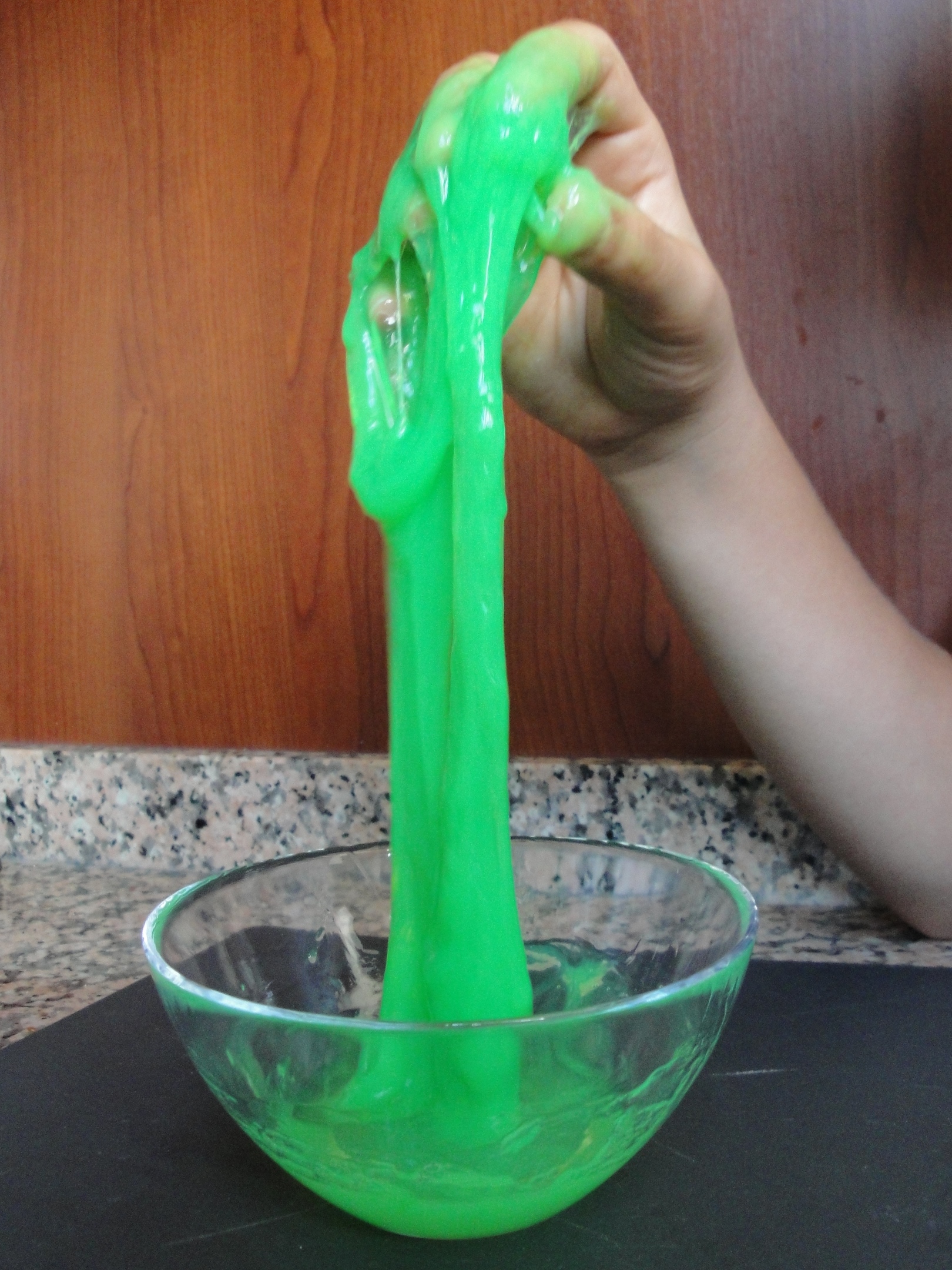Loud, passionate voices discussing and debating the women’s issues of our time. Dynamic presentations spilling over the allotted class time into the passing period. A single shy DLS boy, needing reassurance and validation in order for his voice to be heard above our girls. Based on the stories of the teachers who taught the class before me, this is what I imagined in July as I worked on the curriculum of 21st Century Woman, a senior selective English class. On the first day of the class, I realized that what I had imagined was far different from reality.
The young women enrolled in the class were quiet and reticent. When I asked how they liked the summer reading, a provocative book about sex trafficking, forced prostitution and maternal mortality rates all over the globe, eyes stared blankly back at me. There were four boys, who, to my dismay, were more vocal than the girls from the start. I wasn’t disappointed that the boys had interesting and insightful comments to make–I was disappointed that the girls did not. Actually, I knew that the girls did have things to say. I was disappointed that they refused to share them.
The students were arranged in table groups of four, where they could discuss in a small-group setting before sharing their thoughts with the larger class. The talk in the small groups was subdued with only a couple of female voices taking the lead. When I opened up the discussions to the whole class, silence. The students did a mini research-based presentation, and I could barely hear their voices. Two weeks went by with no change. I had to do something.
I had done my usual ice breakers, but it was clear that this class needed something more. Then I remembered an activity that Kate Cutright had wanted to do with the freshman girls. A vision board. I gathered up materials–poster board, magazines, scissors, markers, glue and explained that half of their board would detail a vision or goal for themselves, and the other half would display their vision or goal for the world. They dug in on a long block period, as quiet as ever, creating their visions.
On the day of sharing, I went over my expectations of the audience. I reminded them that the vision boards were very personal and that sharing personal information can make a speaker more nervous than doing an academic report. I asked them how an audience should conduct themselves to make the speaker more comfortable. This is what they came up with:
1. Desks angled toward the speaker.
2. Devices and other work put away.
3. Eye contact with speaker plus a pleasant facial expression. (Smile when appropriate.)
4. Heads up, looking alert and engaged.
5. Questions to show interest
6. Applause when the speaker is finished.
These are the directions I give to the class before every presentation, but I was hoping that by having the students come up with them themselves, they would be more invested. Then we went over the usual expectations of the speaker–good posture, eye contact, dynamic voice, etc. I reminded them that they could look over the heads of the audience if eye contact made them uncomfortable.
The difference in this presentation vs. the first one was significant. The students seemed more at ease. Their voices were much bolder than before. The audience asked questions and applauded enthusiastically. I even had quite a few volunteers to present. I also noticed a difference in the next circle discussion. Girls who had not spoken before, spoke more than once. I felt like the class knew each other better from sharing their vision boards, which made them all a little more comfortable with sharing their opinions about topics that make them uncomfortable.
While I often worry about spending too much time on community building activities like these, especially in a semester-long class, I think I will need to provide ongoing opportunities for the class to bond.
So, what do you do in your classrooms to build community? Please let me know in the comments. I’m going to need more ideas, especially when I have new seniors in January!










